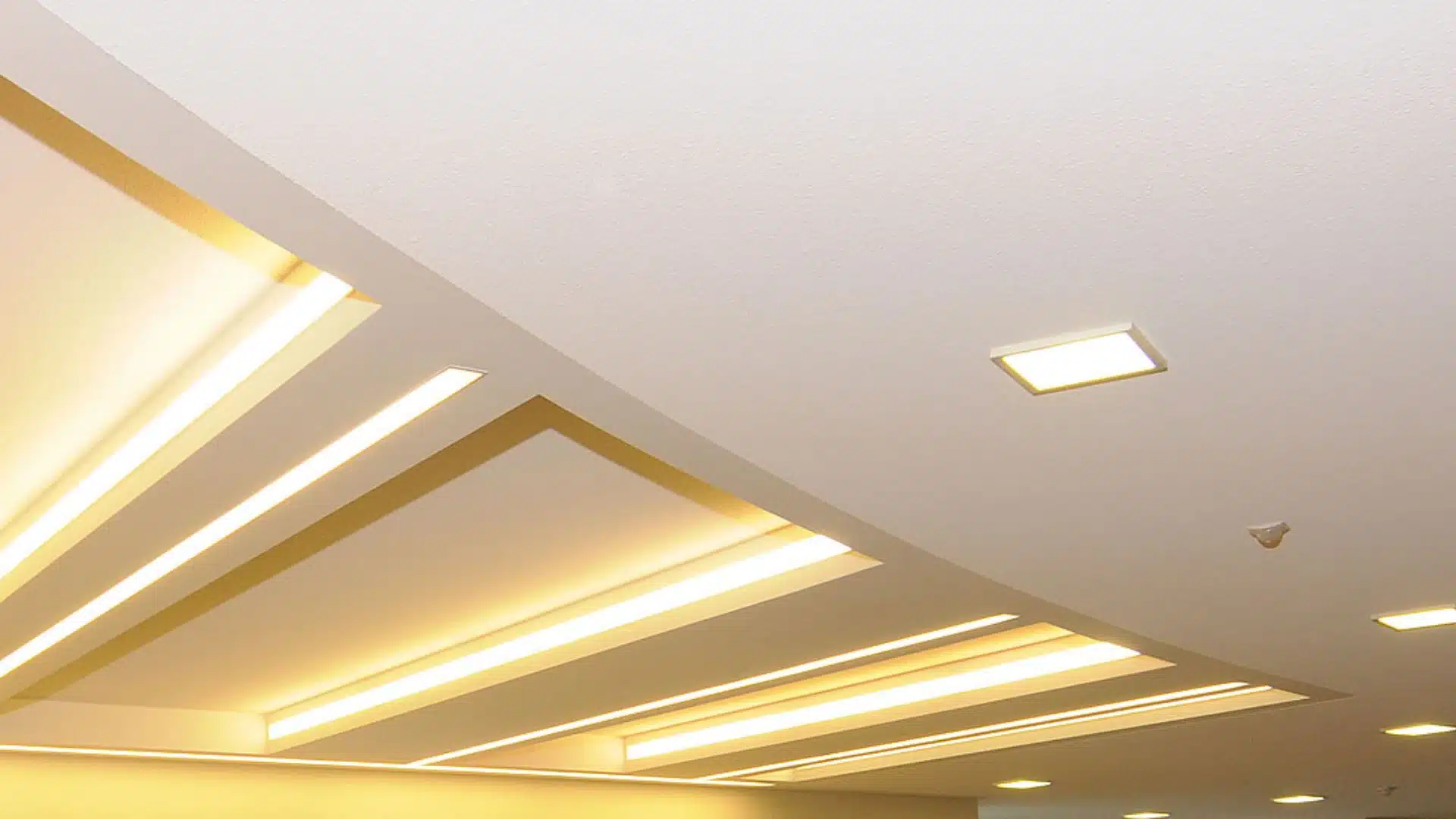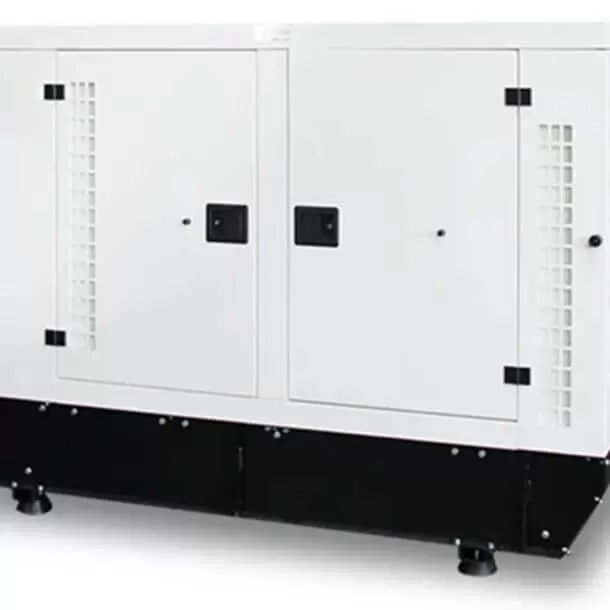
Why Acoustic Plaster is a Superior Choice to Traditional Plaster
When it comes to creating a comfortable and functional living or working environment, the choice of materials used in construction and interior design is crucial. One material that is gaining popularity for its unique benefits is Acoustic Plaster.
Superior Sound Absorption
This plaster is specifically formulated to absorb sound, reducing noise levels and improving the overall acoustic environment. This is particularly beneficial in spaces such as offices, classrooms, restaurants, and homes where noise control is essential for comfort and productivity.
Traditional plaster is primarily designed for aesthetic purposes, providing a smooth and durable finish to walls and ceilings. However, it lacks sound absorption properties, which can lead to increased noise levels and echo within a space.
Enhanced Acoustic Performance
This plaster is engineered to enhance the acoustic performance of a space. It can significantly reduce reverberation time, ensuring clearer speech, better music quality, and an overall more pleasant auditory experience. This makes it an ideal choice for theaters, recording studios, and auditoriums.
While traditional plaster provides a solid surface, it does not contribute to enhancing the acoustic performance of a room. In fact, it can often reflect sound, leading to unwanted reverberation and poor sound quality.
Aesthetic Versatility
This plaster combines functionality with aesthetic versatility. It can be applied seamlessly to various surfaces, including curved and irregular shapes, without compromising its acoustic properties. Additionally, it can be finished in a wide range of colours and textures, allowing designers to achieve the desired look while maintaining acoustic performance.
Traditional plaster can be finished in various textures and colours, but it may not offer the same level of design flexibility as acoustic plaster. Achieving a seamless and aesthetically pleasing finish can be more challenging with traditional plaster, especially in complex architectural designs.
Improved Indoor Air Quality
This plaster is often made from natural, non-toxic materials that contribute to better indoor air quality. Some plasters are even designed to be hypoallergenic and resistant to mold and mildew, making them a healthier choice for indoor environments.
Traditional plaster does not have specific properties that enhance indoor air quality. In some cases, it can even contribute to dust and particulate accumulation over time.
Energy Efficiency
This plaster can contribute to energy efficiency by enhancing the thermal insulation properties of a building. It contributes to a steady indoor temperature, eliminating the need for excessive heating or cooling. This can result in energy savings and a lower carbon footprint.
Traditional plaster does not offer significant energy efficiency benefits. It mainly serves as a decorative and protective layer for walls and ceilings.
Easy Maintenance
This plaster is known for its durability and low maintenance requirements. It is less prone to cracking and can be easily cleaned, making it a cost-effective option in the long run. This makes it particularly suitable for high-traffic areas and commercial spaces.
Maintaining traditional plaster can be labor-intensive and costly. Cracks, chips, and wear over time require regular repairs and repainting to maintain its appearance.
In Conclusion
This plaster offers numerous advantages over traditional plaster. By choosing this plaster, you can create a more comfortable, functional, and aesthetically pleasing environment. For high-quality acoustic solutions, trust AKINCO to deliver the best products and services tailored to your needs.




